Most of the time web designers and developers are focused on the look of a site but less on the coding. However the coding can make or break a site’s performance in the search engines.
For the most part, browsers and search engines are very forgiving of poor code, but sometimes what might amount to a small thing turns out to create a big problem in your site’s performance.
While having 100% validated HTML and CSS won’t help you gain search engine rankings, bad code can certainly be an impediment. The solution? You guessed it. Implement correct HTML with as few coding errors as possible.
While you can certainly use a code validator to help you find and fix only the most offensive coding issues, if your code is rife with the “non-important” problems, those can often hide the ones that truly are important. Keeping your code clean and as error free as possible is the best solution to ensure that your code won’t cause problems in your web site’s performance and rankings.
Another area to consider is using proper markup for your content and headings. Every page should have a single H1 tag that is unique for that page alone. Additionally, use H2 and H3 tags to break up your content and to convey proper text hierarchy.
Do your headings need to be in Hx tags? No. But again, this is proper HTML markup that ensures that the search engines “see” the content the same way your visitors do. It helps search engines determine the importance of any given piece or section of content when they analyze for ranking placement.
You should also look at implementing structured data throughout the site as needed. This is just more markup that allows the search engines to better understand different pieces of content and their importance. While it’s not likely to help with rankings, it can help give searchers additional context of your site when search engines choose to display this structured data in their search results.
The coding of each page plays a pretty heft role when it comes to search rankings and site performance. While good code doesn’t give you boost, it eliminates any negative drag. Think of it as a boat pulling an anchor. Bringing the anchor in doesn’t give the engine more power, but it does help to allow the boat to move faster simply by reducing drag of the dead weight. Bad coding is the anchor. Get that reined in and give your site the opportunity it deserves to perform on it’s merits.

